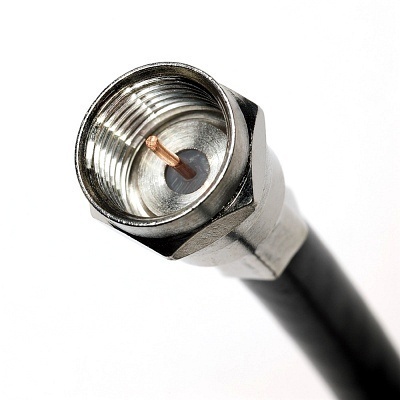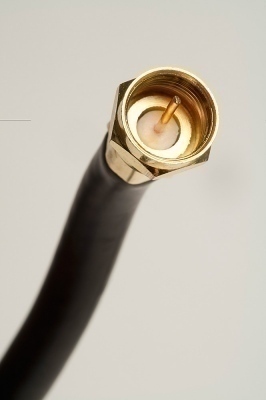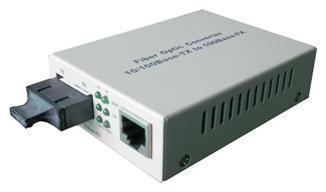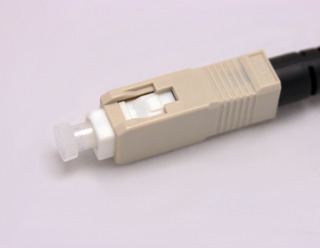Coaxial cable, also called coax, is used to transmit radio frequency (RF) signals. It has low emission losses and provides protection from electromagnetic interference, allowing signals with low power to be transmitted over longer distances. Coaxial cable is comprised of an inner core, insulator, shield, and outer cover. It is called coaxial because these sections all share the same axis. There are many different types of coaxial cable, each one with different physical and electronic properties designed for specific tasks. It is commonly used for carrying cable television signals along suburban streets and into homes.

Construction
The inner core of regular coaxial cable is usually solid copper between one and two millimeters thick, but some types use wire strands for improved flexibility. The dielectric insulator is either foam, solid plastic, or an air gap created by plastic spacers. The shielding is usually made from copper braid and completely surrounds the insulator layer. It is usually braided to provide flexibility but it can also be made from aluminum film. Finally, the shielding is covered by a thin plastic layer for protection.
How Coaxial Cable It Works
Coaxial cable is more like an antenna than a regular cable because it carries an electromagnetic wave between the inner core and the shielding. It has superior signal quality because the shielding mostly prevents interference from reaching the signal. Coaxial connectors are designed to have the same impedance as the cable and to maintain its shielding. The main connector types are the BNC connector used for computer networking, and the F connector used for cable television. Cable terminators are closed connectors that are placed on all open ends of a coaxial cable network to minimize signal loss and interference.
Why Use Coaxial Cable?
Coaxial cable has many advantages over twisted-pair cable but also a few disadvantages. It has a large frequency range which allows it to carry multiple signals, making it ideal for carrying many cable television broadcasts. Each channel also has greater bandwidth that allows for high definition video. The shielding reduces crosstalk and other interference, allowing for greater cable lengths between amplifiers. However, coaxial cable is more expensive to install, and it uses a network topology that is prone to congestion.
Applications
Coaxial cable is used to carry television signals and connect video equipment together. It is also used to carry radio signals and connect receivers, transmitters, and antennas together. Short lengths of coaxial cables are also used for connecting devices with test equipment, like signal generators. Coaxial cable was once widely used for connecting computer in local area networks (LANs) but has been replaced by twisted-pair cable. However, cable broadband remains popular and uses the same coaxial cable that cable television uses. Most coaxial cable networks will eventually be replaced by superior fiber optic networks.




jackcat
hooked up to basic tv with splitter and cable to other tv in another bedroom. Other tv shows NO SIGNAL and tried several connections to tv box but still shows no signal.changed wires around several times, connecting cable to tv box direct and other ways always through splitter or direct to box. Same thing, NO SIGNAL.